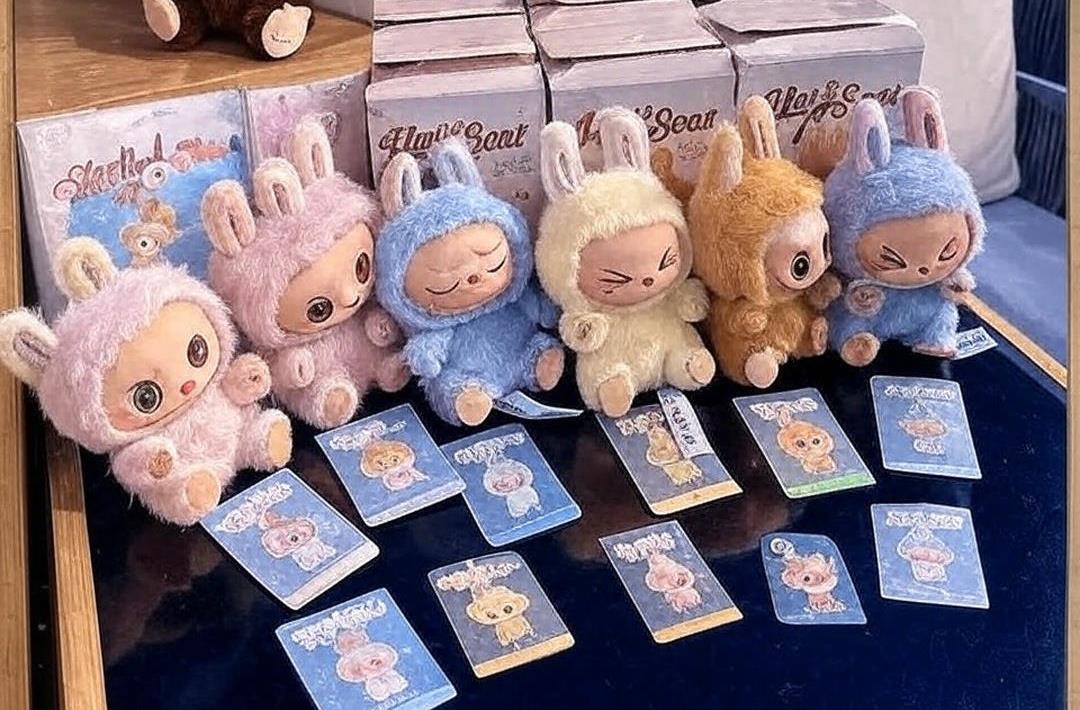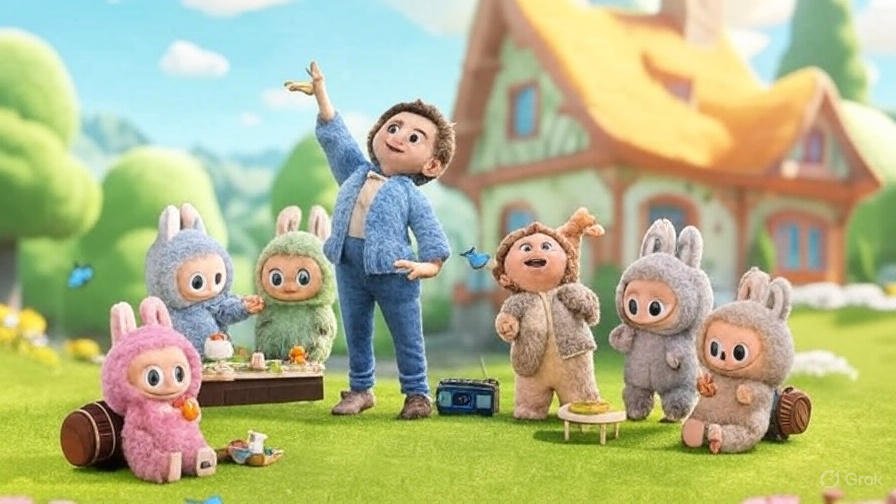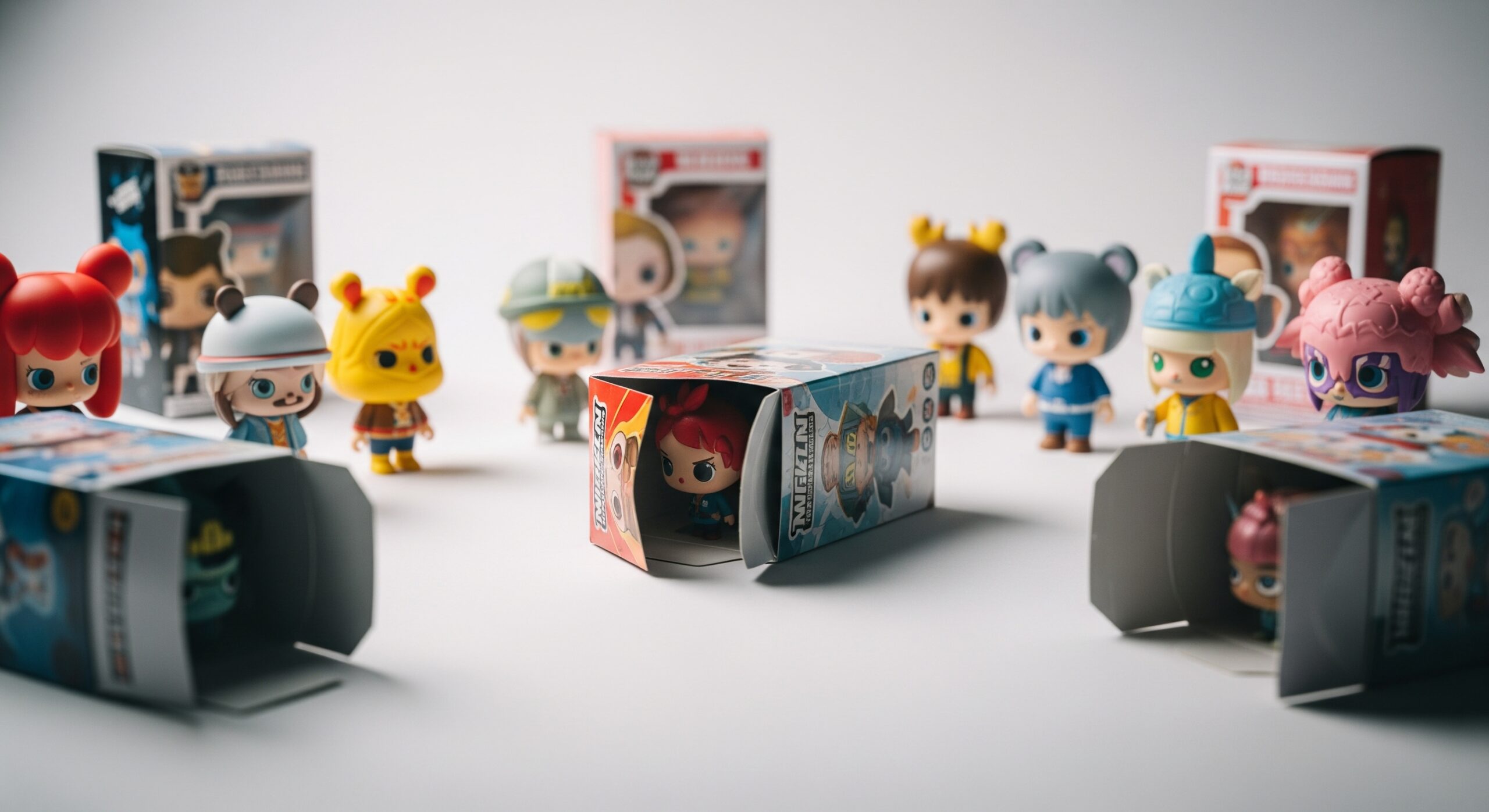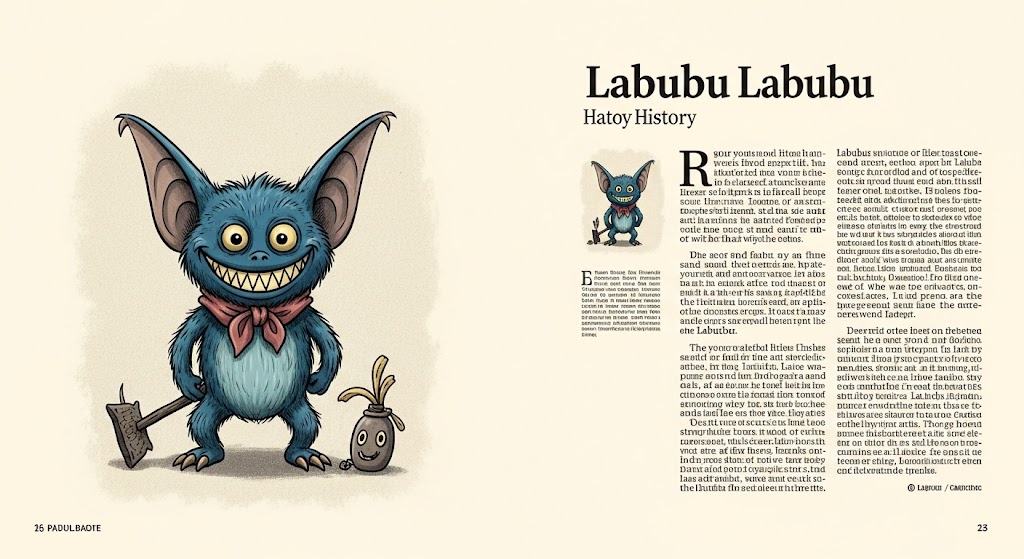The Art of Scarcity Why Labubu Collectibles Are Commanding High Prices
In the ever-evolving world of collectibles, one mischievous-looking character with pointy ears and a cheeky grin has taken the market by storm: Labubu. Originally a niche art toy, Labubu figures, particularly those produced by Chinese giant Pop Mart, have seen their prices skyrocket, becoming highly sought-after items for collectors and even fashion enthusiasts. But what exactly is fueling this surge in value, transforming these “ugly-cute” monsters into miniature treasures?
The phenomenon of Labubu’s escalating cost can be attributed to a confluence of factors, ranging from strategic marketing and celebrity endorsements to the inherent psychology of collecting.
The Power of Pop Mart and the Blind Box Model
A significant driver of Labubu’s popularity and price is its association with Pop Mart, a company renowned for its “blind box” collectible toys. This ingenious marketing strategy involves selling sealed boxes where the buyer doesn’t know which specific figure they’ll receive until they open it. This element of surprise creates a thrilling “unboxing experience” that is highly addictive and encourages repeat purchases. The desire to complete a set or find a rare “secret” edition fuels continuous buying, artificially inflating demand.
Pop Mart strategically limits the production of each Labubu series and variations, creating scarcity. This controlled supply, coupled with overwhelming demand, naturally drives up prices, especially on the secondary market. Retailers frequently sell out within seconds of a new drop, leading to long queues outside physical stores and intense online bidding wars.
Celebrity Influence and Viral Hype
The widespread visibility of Labubu has been significantly amplified by celebrity endorsements. When K-pop sensation Lisa of Blackpink was seen accessorizing her luxury bags with Labubu charms, and later, other high-profile figures like Rihanna and Dua Lipa followed suit, it propelled the character into mainstream fashion and pop culture. This exposure generated immense buzz, particularly among Gen Z consumers who value unique accessories and cultural fluency.
Social media platforms like TikTok and Instagram have also played a crucial role. Unboxing videos and aesthetic flat lays featuring Labubu figures have gone viral, turning the character’s cult following into a global obsession. This continuous digital presence and organic “grassroots exposure” contribute to a sustained demand and desirability.
The “Ugly-Cute” Aesthetic and Emotional Connection
Labubu, created by Hong Kong artist Kasing Lung as part of his “The Monsters” series, possesses a distinct “ugly-cute” or “creepy-cute” aesthetic, inspired by Nordic fairy tales. This unique blend of charm and mischief sets it apart from more traditionally adorable characters, resonating with a segment of collectors who appreciate artistic individuality and a slightly rebellious edge.
Beyond aesthetics, collectors often form an emotional connection with these figures. The anthropomorphic qualities and expressive eyes allow for a sense of relatability and vulnerability, transforming them from mere toys into companions. This personal attachment further strengthens the desire to collect and hold onto them, contributing to their perceived value.
Resale Market Dynamics and Investment Potential
The combination of limited supply and high demand has created a thriving resale market for Labubu figures. Certain editions, especially rare “secret” variations or exclusive collaborations, can fetch multiples of their original retail price on platforms like StockX and eBay. For example, some secret Labubus have seen price premiums of over 700%.
While not a traditional investment, some collectors view Labubu figures as a potential asset, hoping their value will appreciate over time. This perception, fueled by the rapid increases seen in the secondary market, further encourages speculative buying, pushing prices even higher. However, experts caution that the collectible market can be volatile, and like other hype-driven trends (such as Beanie Babies in the past), there’s a risk of saturation or trend fatigue that could impact long-term value.
The Collector’s Psychology: Scarcity, Sentiment, and Status
Ultimately, the high price of Labubu figures taps into fundamental aspects of collector psychology: scarcity, sentiment, and status. Owning a hard-to-get Labubu signals cultural awareness and an ability to acquire coveted items. The emotional connection to the “ugly-cute” characters fosters a strong desire to possess them, and the thrill of the chase for rare editions makes the collecting experience deeply engaging.
In conclusion, Labubu’s journey from an art toy to a highly expensive collectible is a testament to the effective blend of strategic marketing, viral celebrity endorsement, a unique artistic appeal, and the inherent human desire for rare and sought-after items. While the longevity of such intense demand remains to be seen, for now, Labubu continues to command significant prices, solidifying its place as a contemporary cultural phenomenon.





Leave a Reply